Share the page
Building a pioneering treatment system for electrical and electronic waste in Africa (WEEECAM)
Project
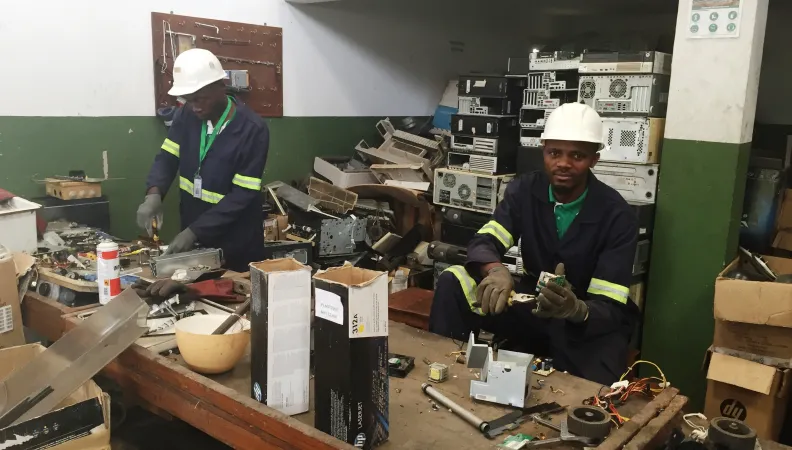
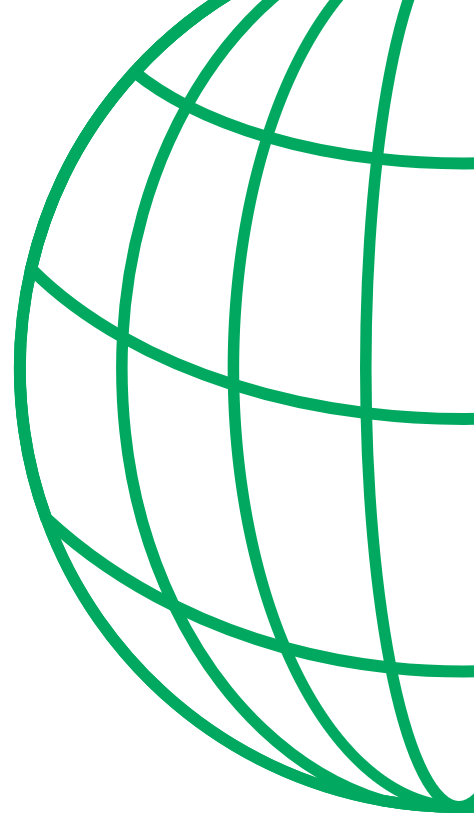
-
Project start date
-
Status
Completed
-
Estimated date of project termination
-
-
Project financing date
-
-
Financing duration
-
5 years
-
Type of program
-
FFEM
-
Global financing amount
-
€ 6 000 000
-
FFEM financing amount
-
€ 1 700 000
-
Project lead member institution(s)
-
Ministry for Europe and Foreign Affairs
-
Country and region
-
Cameroon
-
Location
-
Cameroun
-
Type of financing
-
Partners
-
ADEME, African Development Bank, Suez Environment Fund, SPB Groupe, Paris City Hall, The French Geological Survey (BRGM), the urban communities of Douala and Yaoundé
-
Beneficiaries
-
The European Guild
-
Type of beneficiary
-
NGO, Foundation
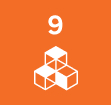
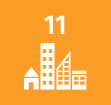
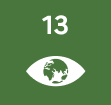
Classified as “hazardous” by the Basel Convention, waste electrical and electronic equipment (WEEE) represents a major ecological and health issue. In Africa, the lack of infrastructure and collection systems for handling toxic components poses a real problem. The WEEECAM project supported by the FFEM in Cameroon may serve as a useful benchmark.
Context
The rapid economic and demographic growth in developing countries, with its associated socio-cultural changes, puts these countries at particular risk from spiralling WEEE. In Africa, such waste is mainly handled by an informal sector which is poorly trained and badly equipped to deal with these types of components. This waste generates different forms of pollution: substances harmful to the ozone layer, heavy metals, persistent organic pollutants, greenhouse gases.
In 2012 the Cameroon government implemented specific regulations to address this challenge. The “Solidarité Technologique” and “European Guild” associations then launched a pilot initiative to handle computer-derived WEEE, and the ongoing WEEECAM project, financed by the FFEM, was a significant development from this.
Description
The project has four components:
- Setting up a large-scale WEEE collection system in the towns of Douala and Yaoundé.
- Implementing a large-scale WEEE processing system, optimised environmentally and sustainable both economically and socially.
- Strengthening the existing institutional framework, while providing better structure for this activity sector.
- Capitalising and building upon the experience gained from the project to facilitate its reproducibility and improve the chances of success in other developing countries.
Outcomes
- Collecting 2,000 tonnes of WEEE annually by the project’s conclusion
- Creating 112 direct jobs while also formalising and improving the working conditions of those working in the informal sector
- Establishing a platform for everyone involved nationally and internationally to be able to prepare authoritative proposals and coordinate with public policy-makers, in order to effectively structure the sector and its regulation.
- Implement technology transfer appropriate to the Cameroon context to improve productivity and maximise local recycling.
Innovative and exemplary features
The WEEECAM project legitimises and reinforces the legal arrangements put in place by the Cameroon government and assists in meeting the requirements of the international legal instruments which the country has ratified.
Having tested the creation and re-sale of carbon credits linked to managing WEEE, this initiative is based on a pioneering economic model which can be tailored to ensure viability as a business stream, even without subsidies. This is key to determining its reproducibility in other African countries and more widely in other developing nations.
Such an innovative organisational model, associated with an R&D component to transfer current recycling technologies is further enhanced through partnership building and advocacy development. This package is an example of a rationale that allies environment and economics.
Evaluation summary of WEEECAM Project
Sustainable Development Goals
ODD9 Industry, innovation and infrastructure

ODD11 Sustainable cities and communities

ODD13 Climate action



